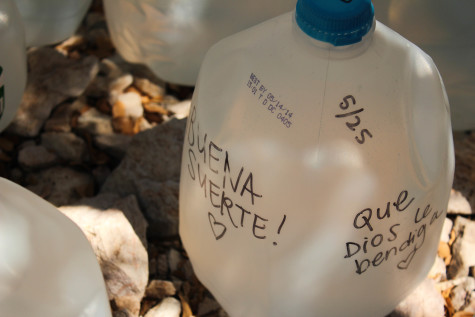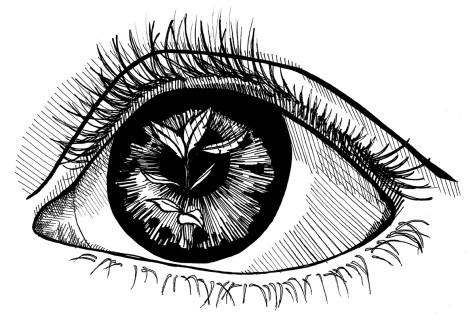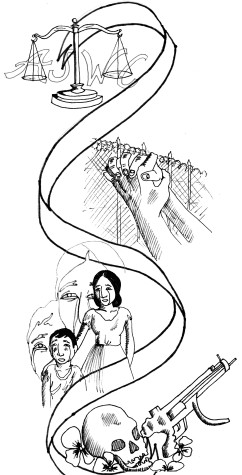Recontextualizing images of violence
October 7, 2021
On Monday, Sept. 20, the White House criticized border patrol after images of police chasing Haitian immigrants circulated online. For the past several weeks, all the way until the end of September, thousands of Haitians were camping under the international bridge in Del Rio, Texas, resulting in a temporary closure of the border. The border is now reopened after the U.S. officials removed all of the migrants camped near the bridge.
The images showed border patrol on horseback, charging at Haitians who were attempting to arrive at the U.S. side of the river while carrying necessary items from Mexico. Some of the images showed the patrol swinging whiplike reins toward the migrants with an aggressive posture.
Various responses spread as the images went viral. Some condemned the behavior of the border patrol, comparing the situation to historical elements such as slave patrols. Some sided with the police. Some even focused on whether or not the patrols were using an actual whip.
The pictures and videos of the patrols are indeed distressing, inviting the viewer to question the nation’s immigration system. The Biden administration is actively employing Title 42, a Trump-era policy that grants expelling of immigrants due to public health concerns, to refuse Haitians seeking asylum.
Moreover, many argued that the images reflect the nation’s racial violence that overarches across the past centuries, a systemic oppression that continues to deprive marginalized populations of rights.
Such critical responses toward the images are of course necessary, especially for news media, to capture today’s social context. But we, readers, must also be careful not to create a distance between ourselves and the subjects within the images as we encounter news stories carrying images of injustice. Nowadays, it is easy for us to quickly become absorbed in the dialogues surrounding the images and discard the image quickly after understanding the broader picture.
Focusing on the whiplike cord and its relation to historical events, some news stories immediately invite us to switch our focus from the experiences of Haitians themselves to related, or overarching concepts. Many stories also pointed to the institutional racism in the nation, the white supremacy and colonialism reflected through the patrol’s behaviors.
While it is essential for us to see the underlying socio-historical context, we must also acknowledge the specificity and individuality of the subjects in the images. Instead of jumping straight to broader pictures, we should strive to understand the experiences of subjects within the image. What kind of emotions are they going through? What kind of physical pain are they experiencing in the picture? What must their lives be like outside of the image?
Considering the historical and social factors behind the circulating representations of injustice is truly important. But before doing so, it is also crucial to take more time respecting the actual lives that cannot be collapsed into surrounding words. This stops the reader from simplifying the subject, such as the Haitian immigrants, into a mere “one among those oppressed.”







